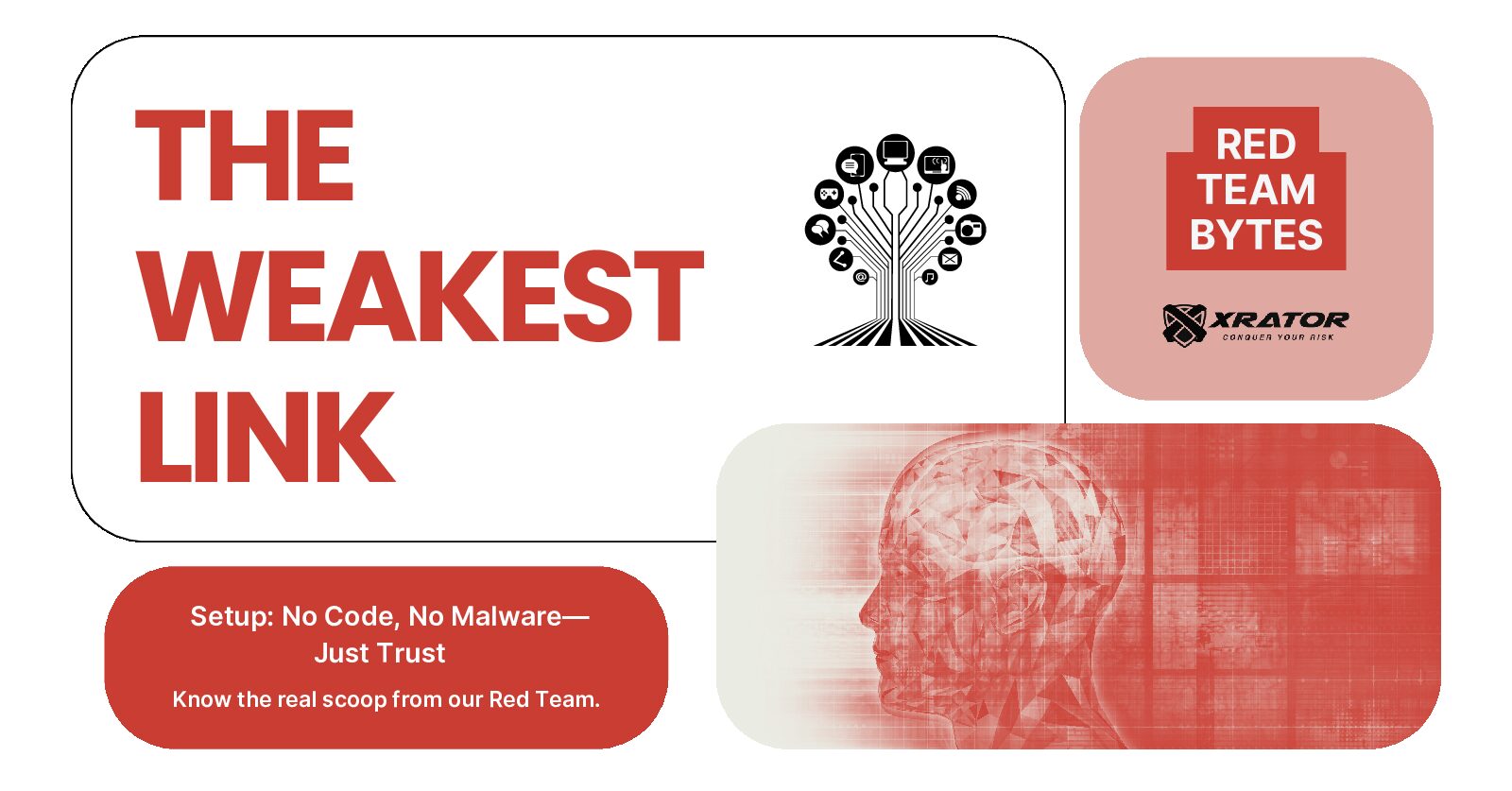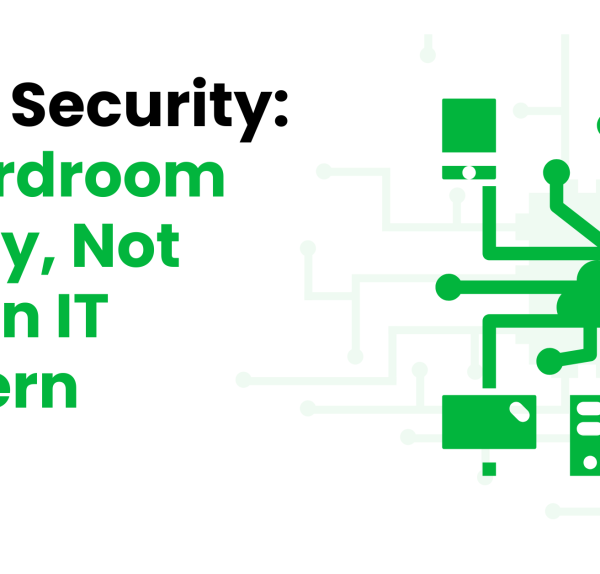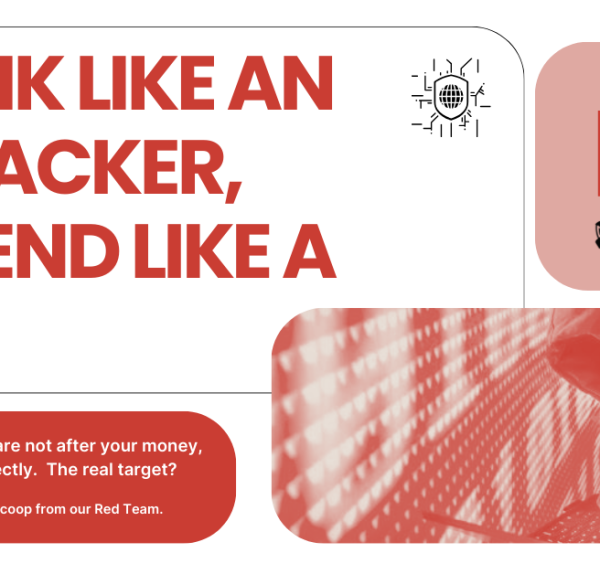I had barely hit send when the first click came in. Then another. And another.
In less than an hour, a dozen employees had fallen for the bait—clicking a perfectly crafted phishing email that mimicked one of their trusted vendors. Credentials were entered. Sensitive information exposed. If this were a real attack, their systems would already be compromised.
But this wasn’t an actual breach. It was a controlled Red Team exercise, designed to test the organization’s weakest link, human nature.
The Setup: No Code, No Malware—Just Trust
The attack wasn’t technical. It didn’t rely on zero-day exploits or brute-force attacks. Instead, it played on assumptions, urgency, and familiarity, the exact tactics real attackers use daily.
We designed the email to blend in seamlessly with the company’s usual vendor communications. A simple request to update credentials, a legitimate-looking link, and just enough urgency to make them react before they could think.
It worked.
The Reality Check: Cybersecurity is More Than Just Tools
This wasn’t about blaming employees. It was about exposing a blind spot, one that firewalls, endpoint detection, and multi-million-dollar security stacks couldn’t fix alone.
The takeaway was clear: technology isn’t enough if people remain the weakest link.
Red Teaming Social Engineering: A Game Changer
After the exercise, we didn’t just report the results. We trained employees to spot real threats.
- How to recognize social engineering tactics?
- Why are urgency and authority red flags?
- What to do when something feels off?
Cybersecurity isn’t just about stopping attackers. It’s about making sure they don’t get in—no matter the method.
In today’s world, the strongest defense isn’t just technology—it’s people who know better.
How resilient is your team? Let’s find out.






